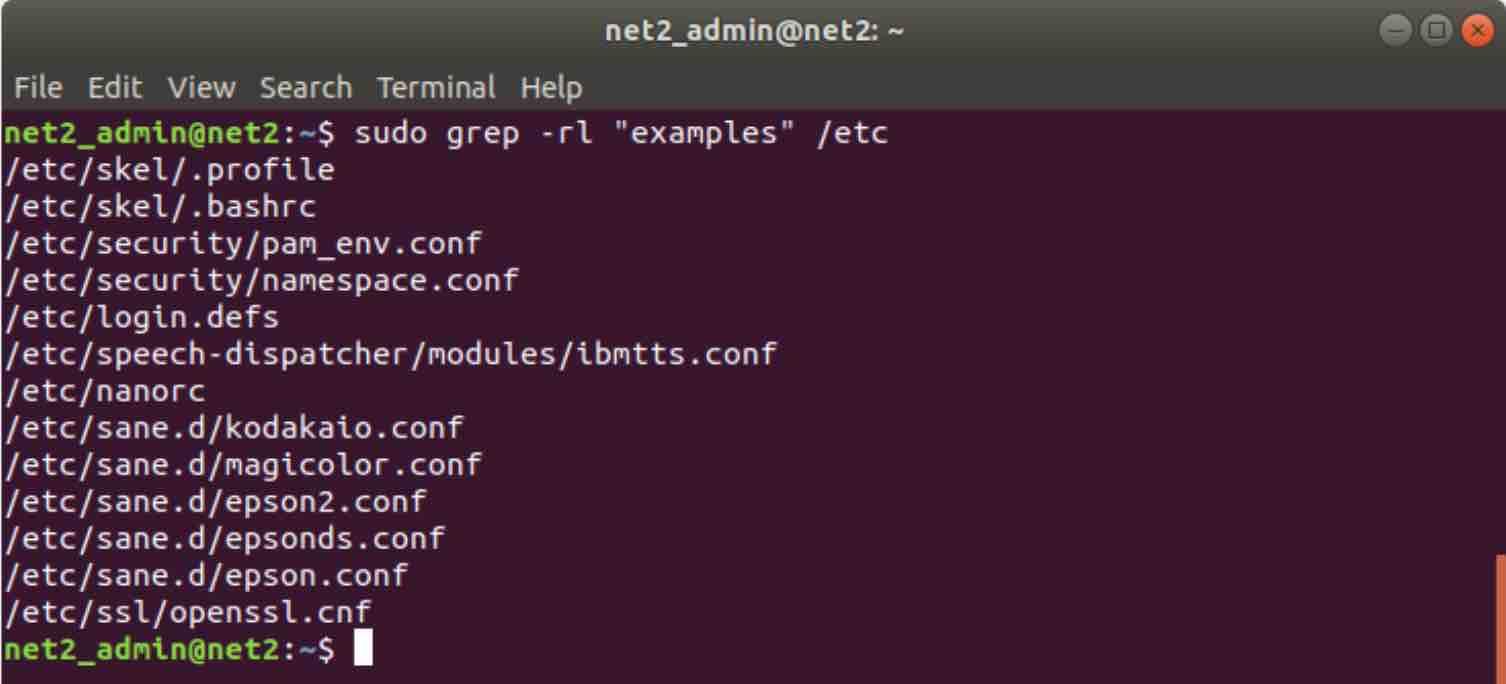
If you have any questions or feedback, let us know in the comments below. For a huge number of files (for example, in tens of thousands), you need to use a different approach to copy the files recursively. Note that this method is useful if you are dealing with a smaller number of files. You only need to define the main directory and the file name using the name option.
LINUX FIND FILE BY NAME RECURSIVELY HOW TO
In this article, we learned how to copy files with a specific extension recursively in Linux. Find And Copy Certain Type Of Files From One Directory To Another In Linux find - Its the command to find files and folders in Unix-like systems. The find command does not need flags to search the files recursively in the current directory. Thus, all the files of the extension '.jpg' have been copied to the folder ‘Pictures2’. name '*.jpg' | xargs cp -t Pictures2/Ĭopy Files Recursively with File Extension Also, we use the '-t' flag of cp, to specify the target directory, without which the program considers the output of ‘find’ as the target directory. To do this, we use the ‘xargs’ command to make ‘cp’ consider the output of ‘find’ as its arguments. name '*.jpg'įinally, we have to pipe this output to the cp command. Syntax to locate files of a specific extension using find command is: $ find -name ‘ *.’įor example, to locate all JPG files recursively in the current folder: $ find. We will make use of the find command to recursively locate files with a specific file extension and then pass this output to cp command to copy them. To achieve this, we use the find command, which is simply used to search for files and folders in Linux based on the parameters of the file or folder: filename, extension, size, etc. Whenever '-r' is specified, the program always considers all files in the subfolders for copying. However, there is no way within ‘cp’ to copy files of a specific extension recursively. $ cp -r folder1/ folder2/ file1 file2 target_folder/ If you replace (newline) by \000 (null byte), you can process the. This output can be processed mechanically if there are no newlines in your file names. You can customize its output, for example the following command prints permissions like ls -l does before each file name: find -printf 'M p '. Recursive means that all the files in that folder, the files in the subfolders, and so on, will all be copied. The find command lists files recursively. To copy folders, we have to specify the '-r' ( recursive) flag. If you try to copy folders in the above format, it throws a warning that the folder is ‘ Not empty‘. Note that this can only be used for files.

LINUX FIND FILE BY NAME RECURSIVELY MP4
This will copy all the JPEG images, MP3, and MP4 multimedia files to the folder ‘ media‘. mp4) together using wildcard characters, as shown below: $ cp *.jpg *.mp4 *.mp3 media/

You can even copy files of the same file extension (Eg.txt. The most basic use of the cp command is to specify the files to be copied as the arguments and to specify the target folder as the last argument. It is available by default in Linux as part of the GNU Coreutils set of tools.

In Linux, the command ‘ cp‘, which standards for ‘ Copy‘ is used to copy files and folders to another folder.


 0 kommentar(er)
0 kommentar(er)
